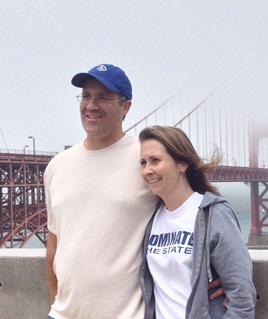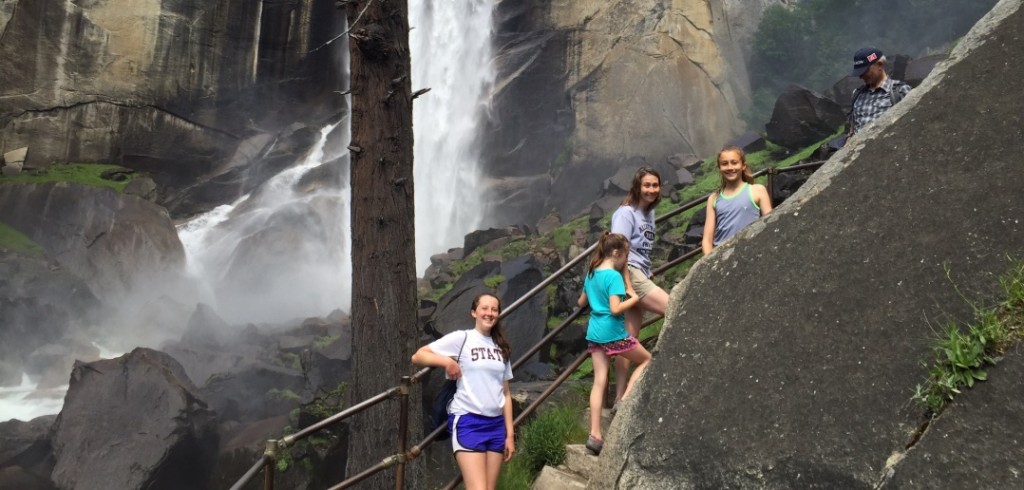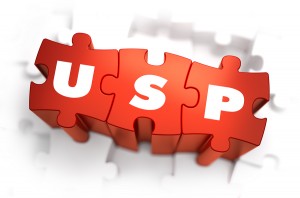Jon Stoltzfus made a commitment to Barefoot Writing and took off running, landing multiple projects throughout 2015 — one of which turned into a retainer contract. Yet he continues to work at his day job while putting the welfare of his family first. Find out how Jon is steadily moving toward full-time freelance writing, and how his family is helping him get there …
What first got you interested in copywriting?
 Like many people, I didn’t realize copywriting was a career until I received the “Can You Write a Simple Letter?” promotion. I’ve always done a lot of writing, so it immediately captured my interest.
Like many people, I didn’t realize copywriting was a career until I received the “Can You Write a Simple Letter?” promotion. I’ve always done a lot of writing, so it immediately captured my interest.
I ordered AWAI’s Six-Figure Program, started going through the lessons, then got caught up with long hours at my day job and set it aside. Several years later, I started taking on more of a role in business development — writing government proposals, white papers, and other marketing materials. I picked the AWAI program back up, ordered the B2B program, and began looking for freelance opportunities in the B2B/Technical niche. I’ve since transitioned primarily to the financial niche.
You still work full time in another job. How is that working out?
I still work as an Aerospace Engineer for an engineering software company. I’m an internal support person for our staff around the world. Fortunately, this gives me a lot of flexibility in terms of when I’m in the office. I essentially work two full-time jobs, but it’s worth all the hard work to get to the point where I can transition to only copywriting.
With your schedule, you’ve probably found some shortcuts that make you more efficient and productive. What are your favorites, and what’s your secret to finding them?
I’m a tech geek, so I love my toys and apps. I use Google Calendar to manage all my schedules, Asana to share project information and files with my clients, Wave to manage my invoicing and expenses, and Evernote to catalog research and manage my Swipe File.
I find most apps via Google or articles by other copywriters. I also employ my kids to do things that simply eat up my time.
You’ve found success relatively quickly. What have been the most important steps you’ve taken to become successful as a freelancer?
Attending my first live event, the 2014 AWAI Bootcamp, was the smartest move I ever made.
But more importantly, when I went, I made a commitment to myself to submit at least five specs for Bootcamp and to make a good connection with the companies I was interested in at Job Fair. [Editor’s Note: Specs are projects written and submitted to a company with the hopes of being hired or paid for the project.]
I submitted all my specs, introduced myself to each of the marketers, and made sure to follow-up. I won one of those specs and I’ve been building momentum ever since.
What’s one thing about you that might surprise others to know?
I worked in the defense industry for 18 years and I’m one of the few people who can say they’ve designed a propeller for a U.S. Navy submarine. In my case, it was the sub driven by a team of Navy SEALs!
What kind of advice do you have for someone who wants to start freelancing but doesn’t feel comfortable leaving their job?
You have to evaluate your own personal situation and be honest with yourself about where you are, where you want to be, and what risks you’re willing to take. I was laid off from my previous job two years ago due to defense budget cuts — a scary time for my family. For me, and especially my wife, stability plays a huge role in the decision to become a full-time copywriter. I’ve written down what goals I need to reach in order to make that move. My wife’s bar is a bit higher … we’re still negotiating.
What does your future hold?
I’m a competitive person, so I won’t stop until I’m one of the best copywriters out there. That means I continue to learn, develop as a writer, and build strong relationships with fellow writers and marketers.






